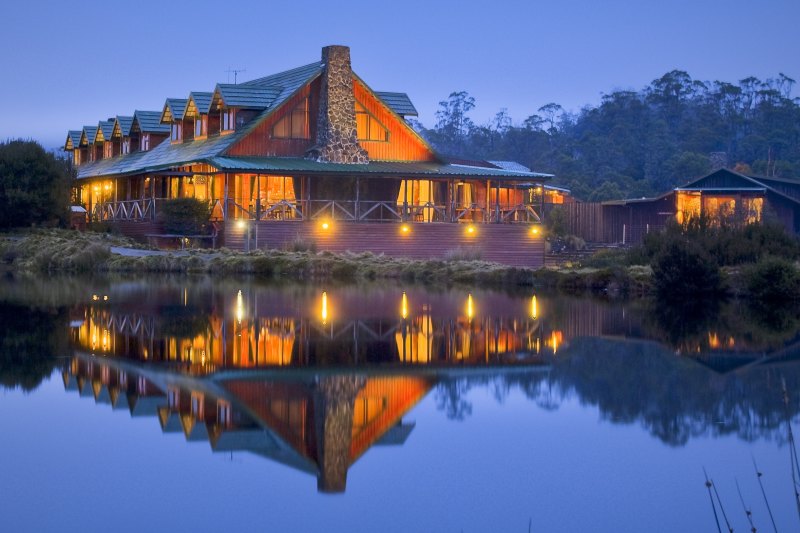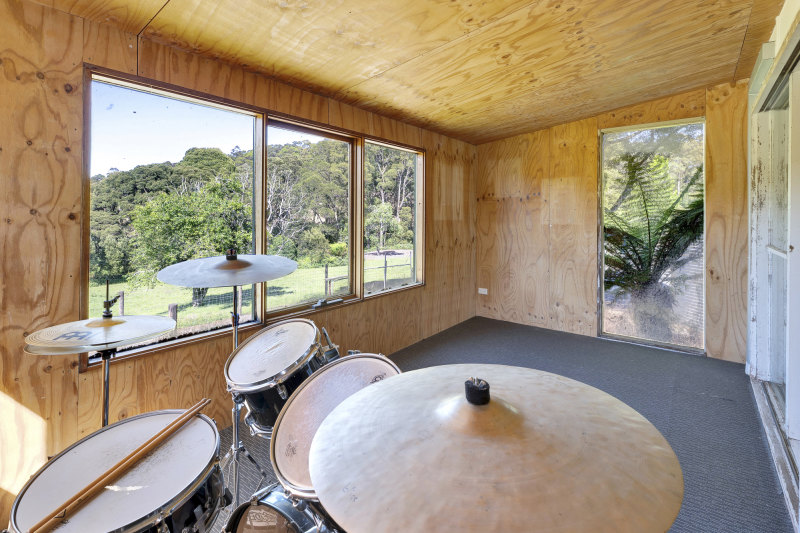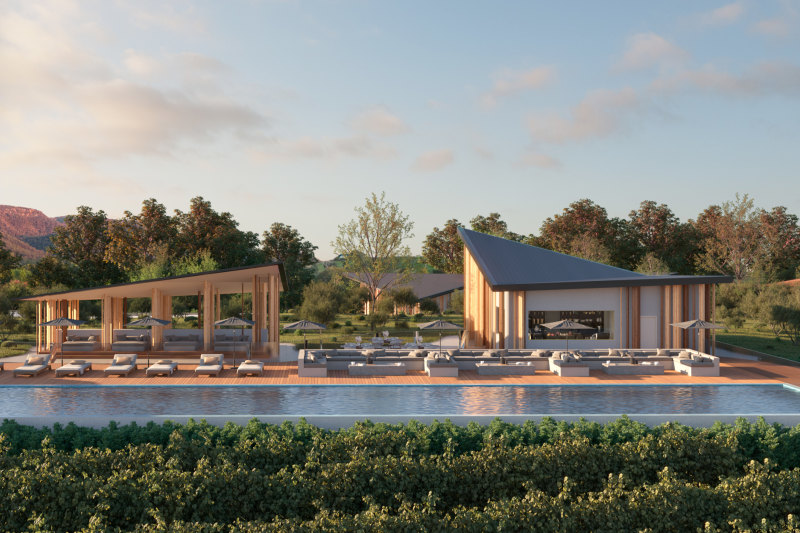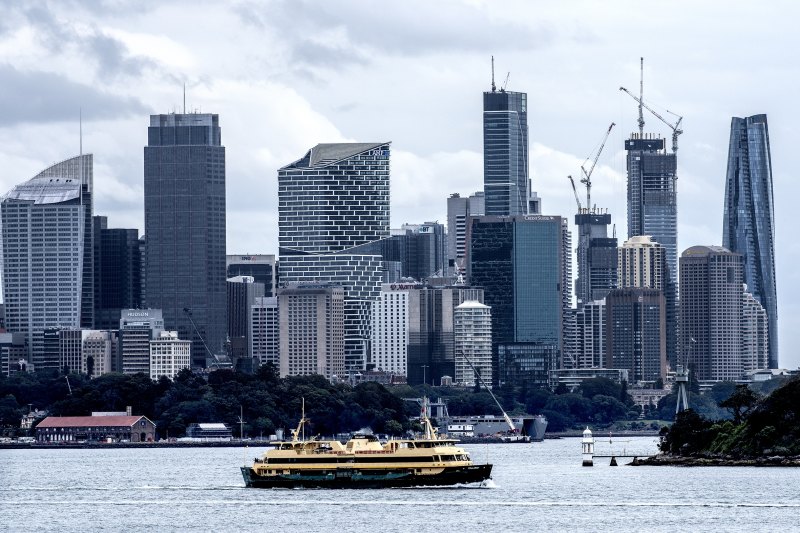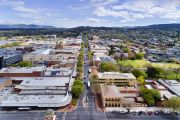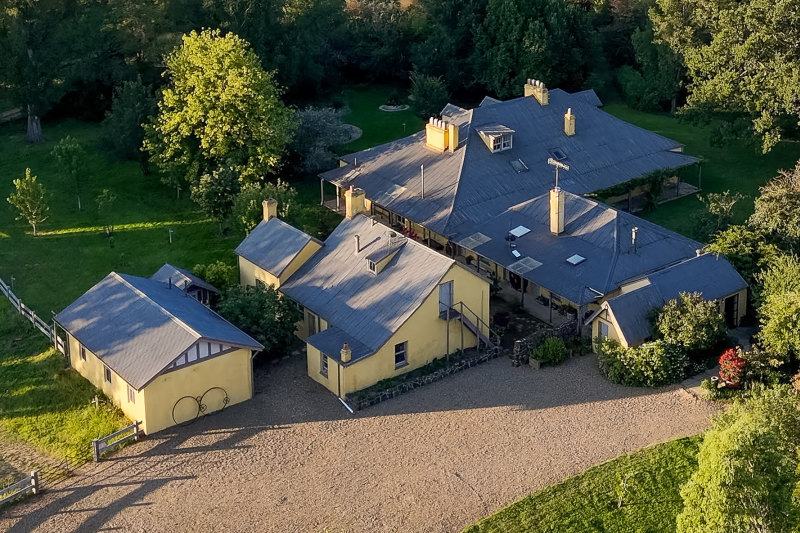
Georgian homestead near Canberra sold for the first time since 1841
Manar Homestead, an eight-bedroom rural mansion near Canberra owned by six generations of the Gordon family, has changed hands for the first time since 1841.
The 80-hectare property with its original Georgian-style home, outbuildings and 4 hectares of mature gardens is situated on Manar Road in Braidwood, a National Trust-classified town famous for its truffles and antique shops.
Although pricing was not disclosed, it is understood Manar Homestead sold well above its $3 million asking price.

Selling agents David Medina and James McCowan from Sotheby’s described the new owners as a local family, but declined to identify them.
A title search shows Manar was purchased by Paul Martin, owner of Wollongong civil construction firm Ledacon, and his wife, Deborah.
Manar – or Redesdale as it was originally known – was once an estate of nearly 11,000 acres that stretched from the rural hamlet of Mulloon to the Shoalhaven River. It was owned from 1825 by Dr Matthew Anderson, an assistant colonial surgeon from Edinburgh, who ran the newly built Parramatta Hospital.
In 1841, Dr Anderson sold Redesdale to Scottish migrant Hugh Gordon, who paid for it with his inheritance of £12,000.
Gordon had migrated to the colony in 1836, at the age of 20, in the hope that the warmer climate would improve his health. He suffered from tuberculosis, or consumption as it was called back then. The young Scotsman renamed Redesdale after the family’s Manar estate, near Aberdeen.
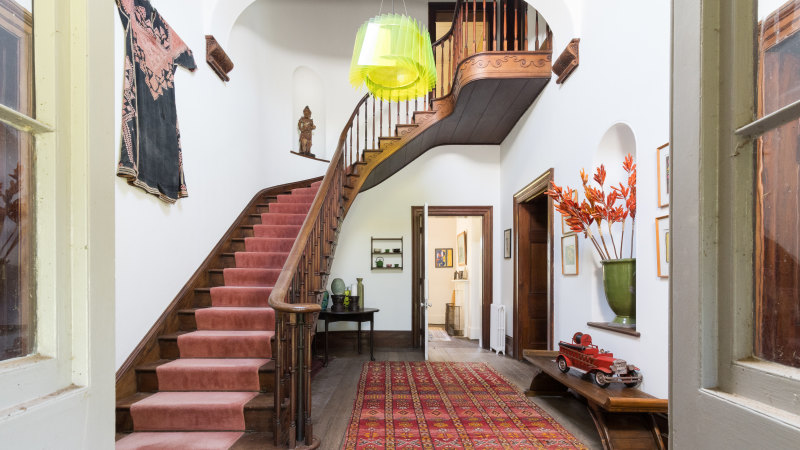
Hugh Gordon made extensive improvements to the Braidwood property, including building the grand Georgian-style homestead adjacent to an earlier four-bedroom cottage, It included a wooden staircase that resembled the one from his Scottish childhood home.
Gordon furnished the homestead with many items acquired on his voyage to China and established a large garden planted with trees and shrubs grown from seeds and cuttings taken at the family’s estate in Scotland and sent to him by his brother.
“Do send me a quantity of seeds and all kinds of garden flowers, particularly heartsease, firs, ashes, oaks, hawthorns, beeches, elms and every tree that grows at Manar, nothing excepted, do send me every sort of seed you can think of,” Gordon wrote to his brother Patrick.
According to the Gordon family website, the Manar estate developed the “character of a village, and cricket matches and church services were held there on weekends”.
Hugh Gordon married Mary Macarthur, the daughter of Hannibal Macarthur (one of the early pastoralists of the colony of NSW) and the couple had nine children. Gordon died in 1856 aged 41 and the estate passed down to his wife Mary (who died in Sydney in 1898) and then to their nine children and their descendants.
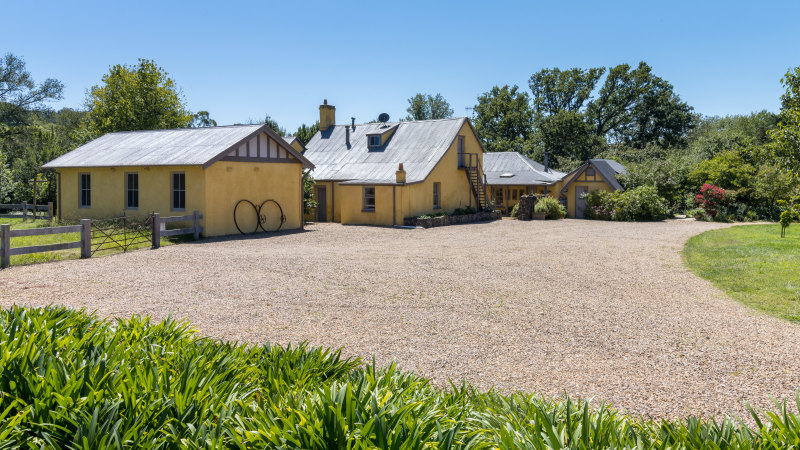
The last of the Gordons to own it was Canberra architect Hugh Gordon, who was born on the property.
“I spent my first 18 years at Manar and then moved back to live here about 18 years ago,” Mr Gordon, the principal of O’Connor-based Hugh Gordon Architects told The Australian Financial Review.
“My father and mother operated it as a cattle and sheep farm,” he said. “It’s still got a lovely old shearing shed.”
“It was originally [as big as] 21,000 acres but like a lot of farms in this area, the owners got hit with death duties and bits were sold off after the war. The soldier settlement scheme claimed a lot of the land. With every generation, it got smaller,” he said.
Mr Gordon said his best memories were of playing in the wonderful garden, walking in the hills and exploring Manar’s gorges and waterfalls.
“I was a really keen bottle collector so would dig around in the old tip for bottles. I had a little museum,” he said.
“There’s a big cellar under the house, which was like a dungeon and where I would scare my cousins.”
Although the decision to sell was a hard one, Mr Gordon said he felt really positive about it.
“I realised it was too hard to keep it going and run a busy architectural practice in Canberra. Our two daughters are in Melbourne and Canberra, so the time had come to move [to Canberra],” he said.


